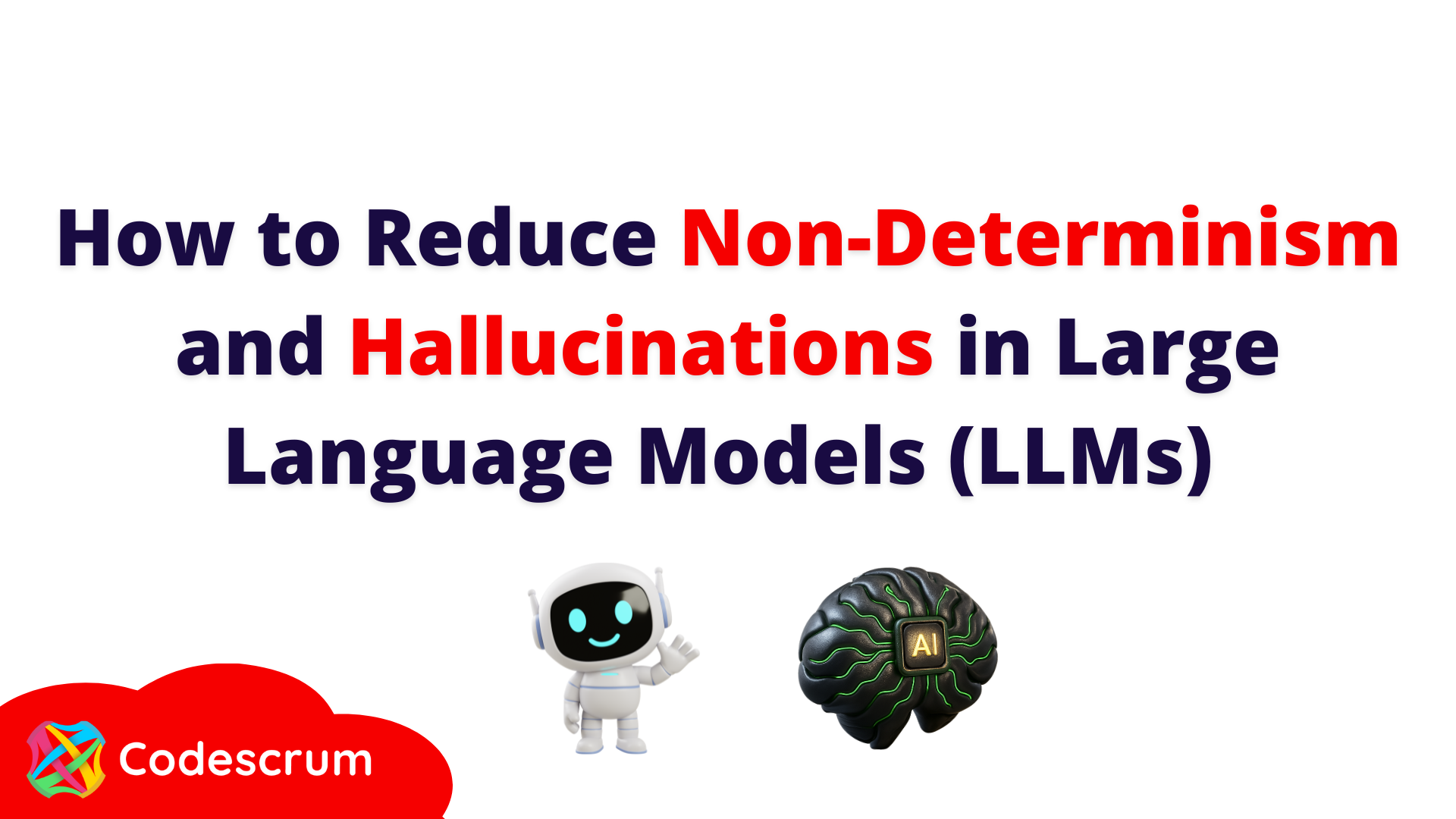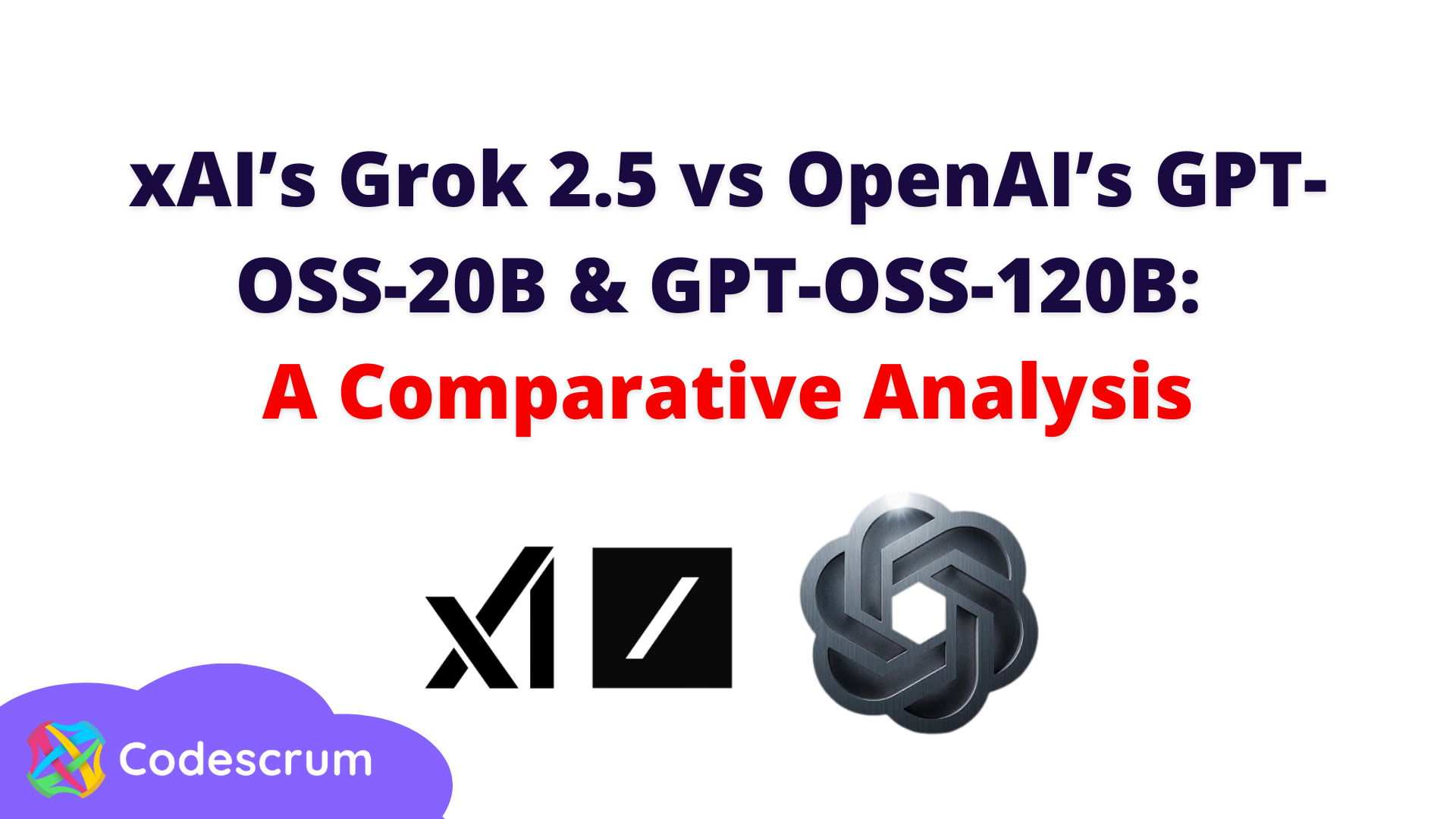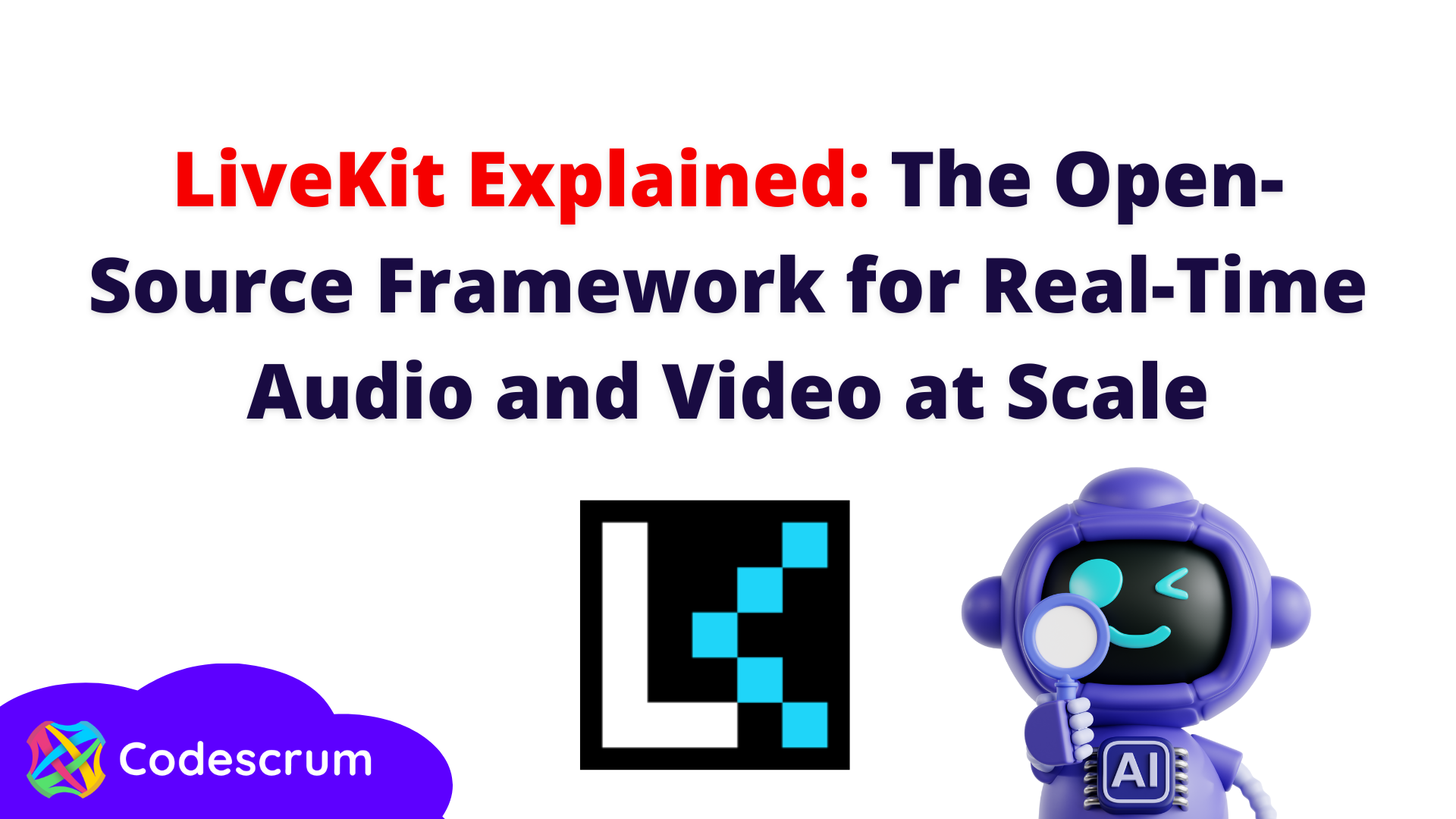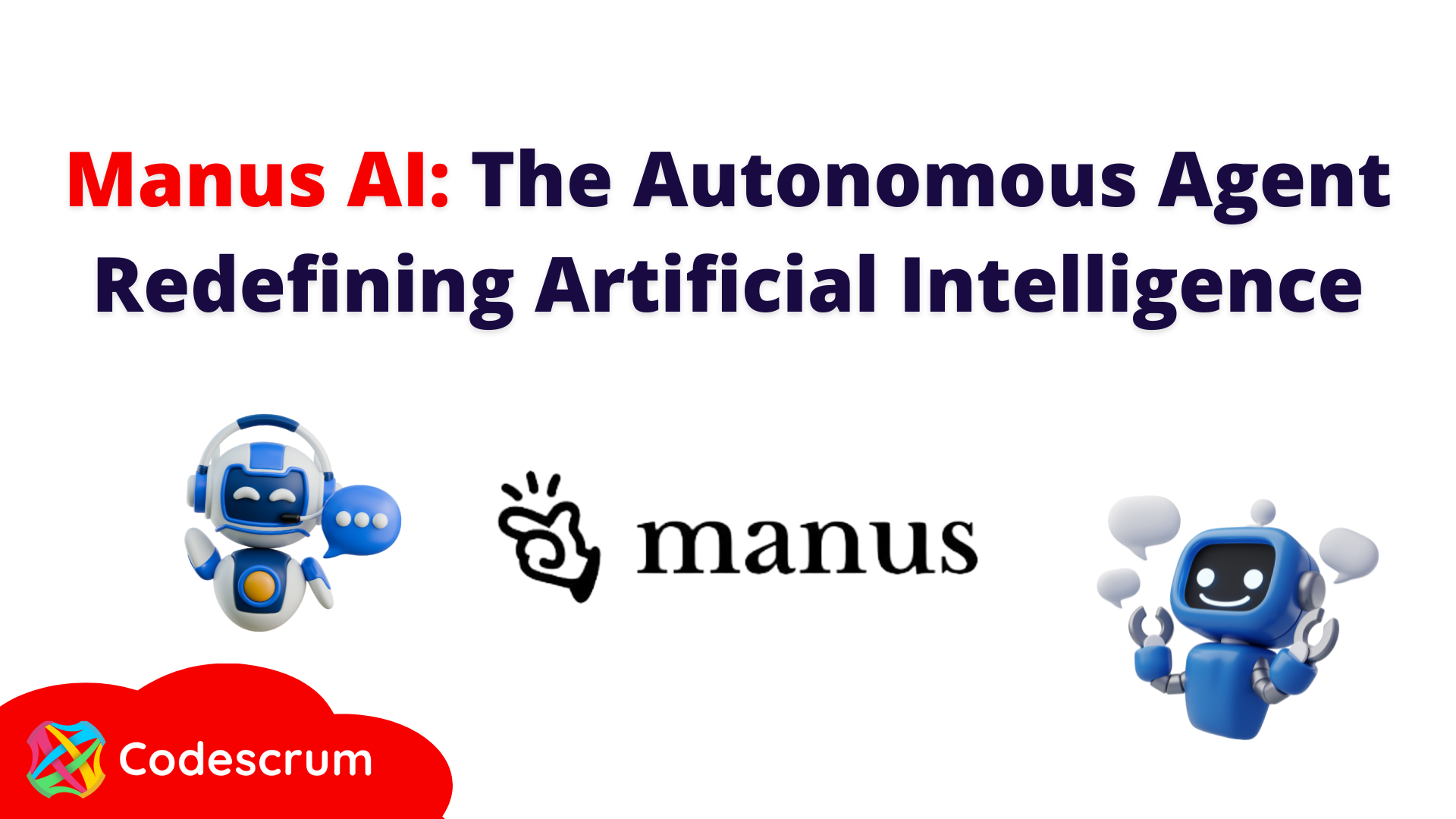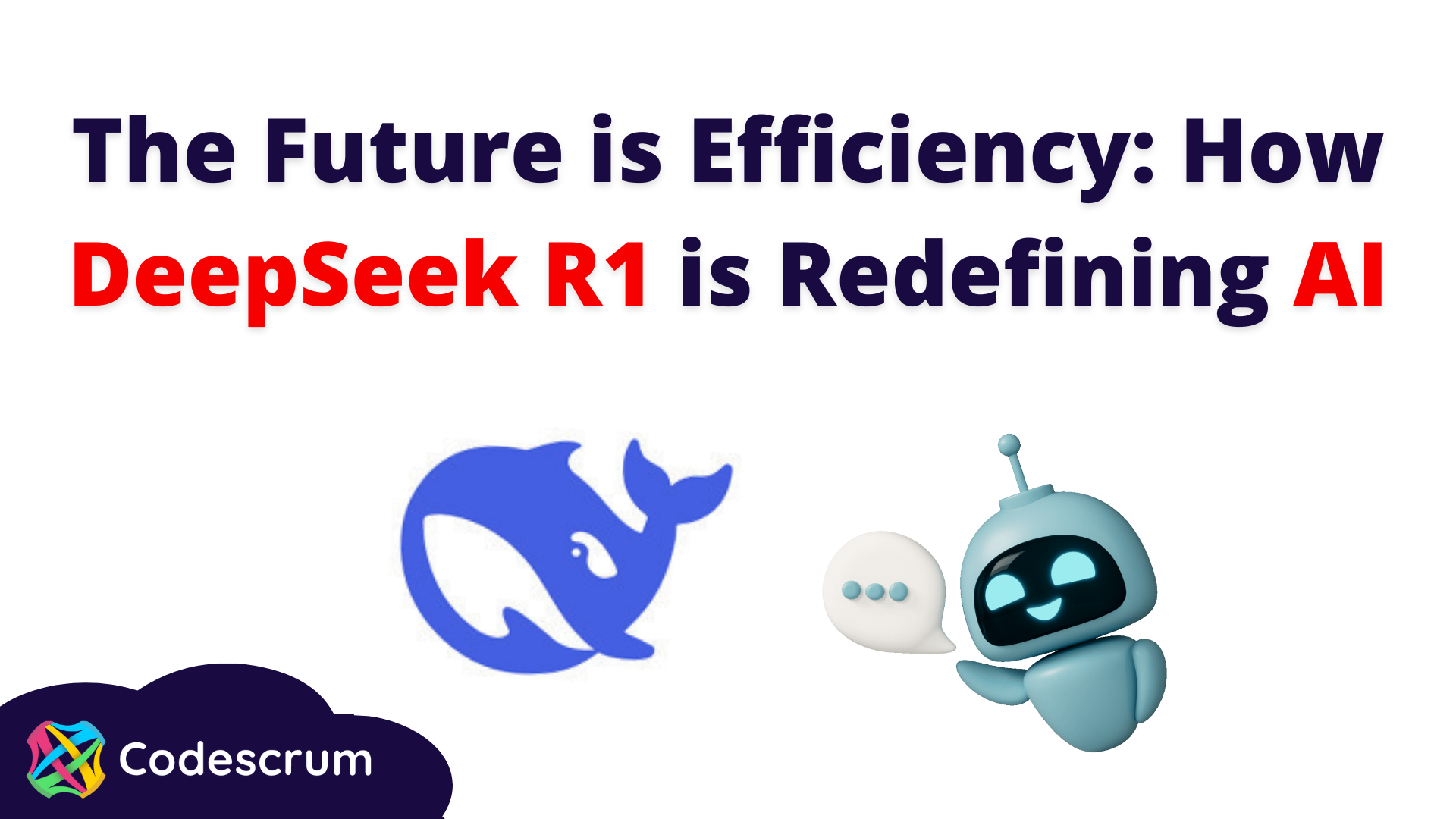What About the Ethereum 2.0 Roadmap?
The founder of the Ethereum project, Vitalik Buterin, unveiled a new roadmap for Ethereum a few weeks ago. His goal is to fix the weaknesses created by the migration from ETH1.0 (PoW) to ETH2.0 (PoS) regarding security and decentralisation. Vitalik, therefore, acknowledges that Ethereum has become centralised to the point where it can become dangerous, a risk that many people warned The Merge posed.
Ethereum roadmap:
The key to this change lies in whether these new modifications will be enough to make Ethereum a network with guarantees of decentralisation and resistance to censorship. We should wait a while to find out, as the new Ethereum roadmap is extensive and applies technologies that could be a success if well implemented. Without further ado, let's take a look at the phases of this roadmap one by one:
First Phase: The Surge, truly scaling Ethereum
The Surge is the first phase of this new roadmap and aims to increase Ethereum's scalability. Its construction relies on a series of improvements. Among them, the following stand out:
1.- The activation of EIP-4844 (Proto-Danksharding): Proposed improvement consisting of enabling a new transaction format for Ethereum. Transactions can have "data BLOBs" that can be transparently integrated into the nodes and their operation. This is similar to how rollups work and could facilitate rollup operations on Ethereum. This way, Ethereum would increase its scalability, leaving behind the 'PoS = more scalability' farce sold during the pre-The Merge.
2.- A series of cryptographic improvements focused on offering a ZKP (Zero Knowledge Proof) model. These improvements would enable more private and secure transactions, as well as lay the foundations for the construction of zk-Rollups and zkEVM, which would allow for private smart contracts.
3.- Alongside ZKP would come SLE or Secret Leader Election (SLE). An improvement that seeks to make the election of the PoS validator node an event protected by ZKP cryptography. This is intended to prevent manipulation of the network to some extent.
Second phase: The Scourge, re-centralising the network
In this second phase, there is a need for SLE from the previous phase to be fulfilled. This is because The Scourge needs it to build its significant improvement Proposer / Builder Separation (PBS). PBS is a proposed solution to the problem of censorship and MEV (Maximum Extractable Value) attack on the Ethereum network. The idea lies in making the construction of blocks and the proposal of new blocks to be assigned to different parts of the network, avoiding the validator carrying the weight in both tasks.
The separation of roles also occurs in other blockchains such as Dash, where there is a similar scheme with Dash miners and Masternodes, each with very clear and well-defined roles in the network. Well, Ethereum wants to take this approach to make the network have two roles:
1. Generate the role of Block Proposer, dedicated to proposing blocks to the network, a job for which it could receive rewards. However, this still needs to be clarified in Ethereum, but in other networks, these nodes receive rewards (e.g. Flow).
2. Generate the role of Block Validator, which is in charge of validating the proposed block and receiving rewards for it.
Both roles would be under an SLE type selection, but only the Block Validator could write data to the blockchain. The problem with PBS is that the reward scheme needs to be adjusted, which will directly impact Ethereum tokenomics.
Third Phase: The Verge, speeding up transaction verification
One issue that is a severe problem in Ethereum is transaction verification on the network. On-chain transaction verification is fast. However, the problem lies in the synchronisation and verification of transactions and their entire history.
This is where the third phase aims to make a significant change, making transactions able to include a series of ZKP enhancements using zk-SNARKs cryptography. Ultimately, Buterin wants Ethereum to implement zk-SNARKs as a cryptographic stack to generate the proofs needed to verify new transactions on the network. This has the advantage that zk-SNARKs are more secure than the current system using EdDSA (i.e. zk-SNARKs have higher resistance to quantum computers than EdDSA). Still, it has the disadvantage that
zk-SNARKs are algorithmically more complex. Catastrophic errors can be made, and bugs can be challenging to detect.
Fourth Phase: The Purge
This phase aims to make Ethereum simpler. As such, Buterin seeks to make the network have capabilities that allow for greater portability. These capabilities include:
1.- Enable a Fast sync. In other words, fast synchronisations only require downloading a part of the blockchain to have a functional node. Currently, the entire blockchain has to be downloaded.
2.- With the arrival of zk-SNARKs and verkle trees, unnecessary data could be discarded from the blockchain, which would allow nodes to need less disk space to store the blockchain, enabling small devices to serve as nodes (e.g. a smartphone). This would be another achievement, but it is complex, and the impact on validator nodes (which must have complete data to operate) is unknown.
3.- Further improvements in EVM to reduce gas usage and overhead (overhead on nodes and the network in general).
Fifth phase: The Splurge
In this last phase of the roadmap, the aim is to repair everything that can be repaired in Ethereum. On the one hand, to say goodbye to the manipulation of gas costs with the EIP-1559. This would eliminate the current gas costing scheme and the token burning that currently prevails in Ethereum. On the other hand, activating the VDF (Verifiable Delay Function) is a type of cryptographic function that makes data verification more efficient. It is also intended to move everything from the EVM to the zkEVM.
Another goal is to change the account abstraction scheme in Ethereum, considering EIP-4337, which entails abstracting the wallets and associated accounts to a point away from the consensus because the accounts are no longer related to the consensus, but their operations are.
Conclusion: Relative decentralisation
The design of Ethereum's roadmap makes us think that its creator is concerned about the degree of decentralisation it shows to the world.
Indeed, some things would make Ethereum advanced and decentralised, such as the use of zk-SNARKs, PBS and SLE. However, its success depends on a reliable setup for the security it provides to be effective.

